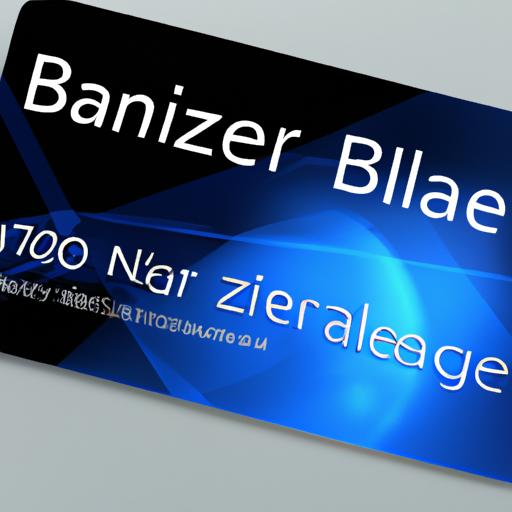Unlocking Financial Freedom: The Essentials of a Reverse Mortgage Line of Credit
In the realm of financial tools, a reverse mortgage line of credit stands as a beacon of financial liberation, offering a unique pathway to access the equity tucked away in your home. But what exactly is this intriguing concept, and how does it diverge from the conventional mortgage structures we’re accustomed to? Let’s delve into the core essence of a reverse mortgage line of credit and illuminate the distinctions that set it apart from its traditional counterpart.
A reverse mortgage line of credit is a financial instrument that allows homeowners to leverage the equity in their homes to procure funds while retaining ownership of their property. Unlike a traditional mortgage where monthly payments are made to the lender, a reverse mortgage line of credit offers a flexible approach by providing homeowners with the freedom to access funds as needed, without the burden of immediate repayment. This distinct feature sets it apart as a dynamic financial tool that caters to the evolving needs of homeowners seeking financial stability and security.
How Does a Reverse Mortgage Line of Credit Work?
Accessing Funds with Ease
When it comes to unlocking the potential of a reverse mortgage line of credit, homeowners are granted a flexible avenue to tap into their home equity. This financial tool allows individuals to access funds in a variety of ways, offering the freedom to choose how and when to utilize their financial resources. Whether it’s through a lump sum payment, regular installments, or a line of credit, the versatility of a reverse mortgage line of credit empowers homeowners to tailor their financial strategy to suit their unique needs and circumstances.
Exploring Repayment Options
One of the defining features of a reverse mortgage line of credit is the absence of immediate repayment obligations. Unlike traditional mortgages that require regular payments to the lender, a reverse mortgage line of credit offers a more lenient approach, allowing homeowners to defer repayment until certain conditions are met, such as the sale of the property or the homeowner’s passing. This flexibility in repayment options provides a sense of security and peace of mind, ensuring that homeowners can navigate their financial journey with confidence and control.
Benefits of a Reverse Mortgage Line of Credit
Flexibility in Accessing Funds
Embracing the concept of a reverse mortgage line of credit unveils a realm of unparalleled flexibility, offering homeowners the liberty to tap into their home equity at their discretion. Whether it’s for unexpected expenses, home renovations, or enhancing your quality of life, this financial tool provides a safety net of funds that can be accessed as needed. Say goodbye to rigid payment schedules and hello to a personalized approach that aligns with your unique financial goals.
Potential for Growth Over Time
One of the remarkable benefits of a reverse mortgage line of credit is its potential to grow over time, fostering a financial cushion that expands alongside your needs. As you refrain from utilizing the entire line of credit, the unused portion has the opportunity to appreciate, providing you with a growing pool of funds for future endeavors. This growth aspect adds a layer of strategic planning to your financial toolkit, ensuring that your resources evolve harmoniously with your aspirations.
Protection Against Market Fluctuations
In a landscape where market uncertainties loom large, a reverse mortgage line of credit stands as a steadfast anchor, shielding you from the whims of economic fluctuations. By securing access to funds that are insulated from market volatility, you can navigate financial storms with resilience and confidence. This shield of protection ensures that your financial stability remains intact, regardless of the external forces that may sway traditional investment avenues.
Eligibility Requirements for a Reverse Mortgage Line of Credit
Age Requirements
To qualify for a reverse mortgage line of credit, age is a crucial factor. Typically, homeowners must be at least 62 years old to be eligible. This age requirement ensures that individuals have reached a certain stage in life where accessing their home equity can provide valuable financial support without compromising their long-term financial security.
Homeownership Requirements
Another essential criterion for obtaining a reverse mortgage line of credit is homeownership. To be eligible, you must own your home outright or have a significant amount of equity in the property. This requirement ensures that the equity in your home can serve as collateral for the loan, providing lenders with the necessary security to offer you a line of credit based on the value of your property.
Financial Assessment
In addition to age and homeownership, a financial assessment is conducted to evaluate your ability to meet ongoing loan obligations such as property taxes, homeowners insurance, and maintenance costs. This assessment helps lenders determine your financial stability and ensures that you can fulfill your financial responsibilities while benefiting from the flexibility and convenience of a reverse mortgage line of credit.
Potential Risks of a Reverse Mortgage Line of Credit
Impact on Inheritance
The decision to pursue a reverse mortgage line of credit may have repercussions on your heirs’ inheritance. As the equity in your home is gradually depleted through the loan, the amount available to pass on to your loved ones may diminish. It’s crucial to consider the long-term implications on your legacy and have open discussions with your family regarding the potential impact on their inheritance.
Fees and Interest Rates
One of the key considerations when exploring a reverse mortgage line of credit is the associated fees and interest rates. While this financial tool offers flexibility and access to funds, borrowers must be mindful of the costs involved. It’s essential to understand the various fees, including origination fees, closing costs, and servicing fees, as well as the interest rates attached to the loan. Careful evaluation of these financial aspects can help you make an informed decision that aligns with your long-term financial goals.
Considerations for Long-Term Financial Planning
Integrating a reverse mortgage line of credit into your long-term financial plan requires a strategic approach. It’s essential to assess how this financial instrument fits into your overall financial strategy and retirement goals. Consider consulting with financial advisors or estate planners to explore the implications of a reverse mortgage line of credit on your financial future. By proactively addressing potential risks and incorporating this tool thoughtfully into your financial roadmap, you can navigate the complexities of homeownership with greater confidence and clarity.






